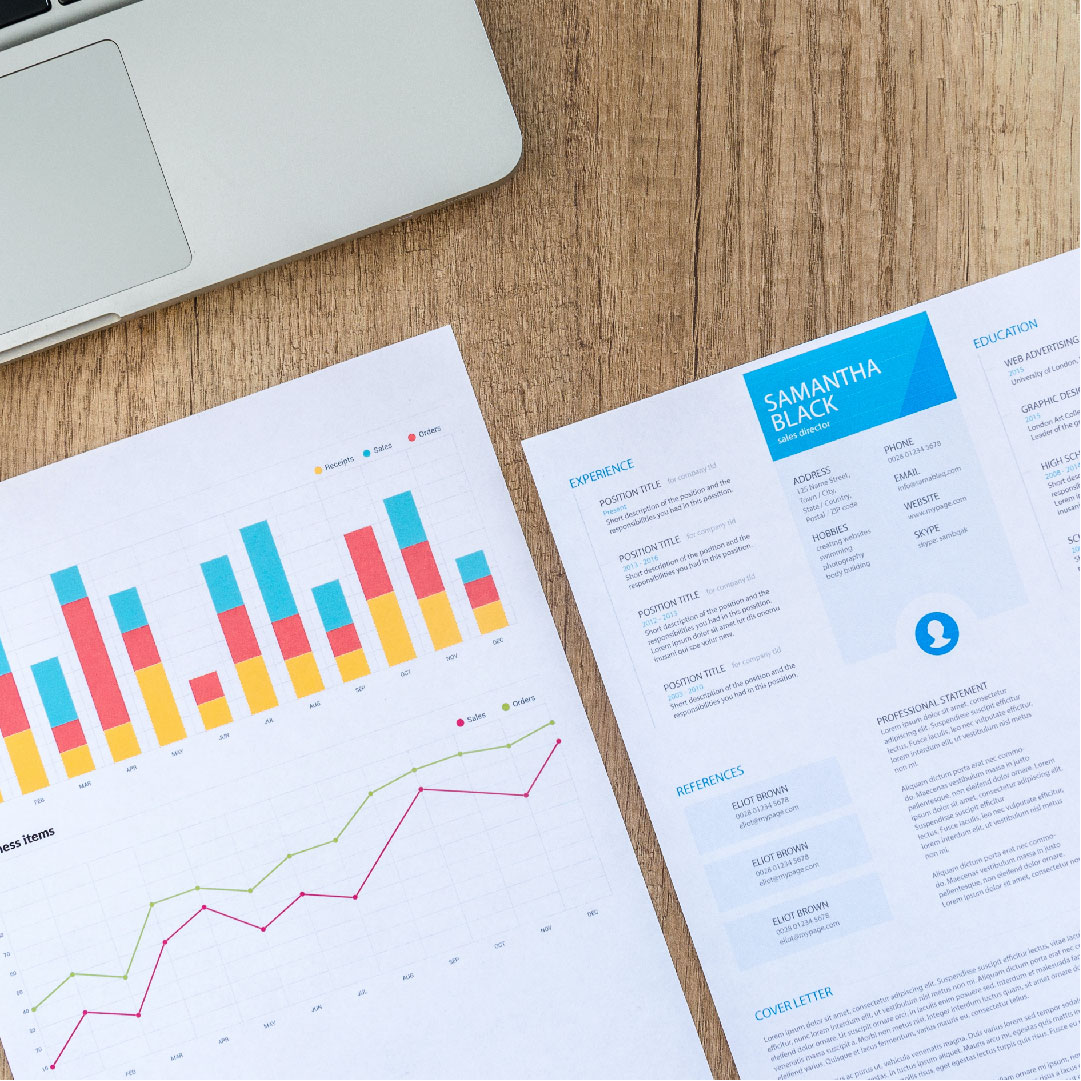Through Statistics, We can gather and analyze the data. Using statistics can help summarize huge amounts of data and help explain what data is trying to convey in simple words. In this article, some statistical concepts will be discussed that will help learn how specific data processing models function. Additionally, these concepts can help us tremendously when trying to understand the output produced from different statistical and machine learning algorithms.
The variety of statistics that are frequently used can be classified into two main parts: Descriptive Statistics as well as Inferential Statistics.
According to Descriptive Statistics, we don’t attempt to draw any significant conclusions but instead, attempt to comprehend the characteristics of our data. We use descriptive statistics to describe our data.
However, the second section is called Inferential Statistics, in which we use statistical methods to study specific phenomena and assess whether the phenomena can be explained with our data or not. In short, we don’t just summarize our data and then summarize it, but go one step further by concluding the data and then testing whether those conclusions are applicable in the actual world or not.

DESCRIPTIVE STATISTICS
Simple statistics explain the different aspects of our information. These characteristics can be identified by using four types of descriptive statistics: --Measures of Frequency --Central Tendency --Measures of Variability --Measures of Form where each type of descriptive statistic describes a particular aspect of the dataset. Each of these statistics plays a significant role in data analysis. It is called the A, B, and C of Statistics.

INFERENTIAL STATISTICS
Certain statistical methods are employed to help explain the information in the sample and determine the general population, which is from where the sample was taken. A variety of Statistical methods are employed to answer various questions. The following section will discuss fundamental concepts essential to understanding the many statistical tools used to draw inferences from the information described. These statistical analysis tools comprise Correlation Coefficients and t-Tests, Chi-Squares, and F-Tests.
